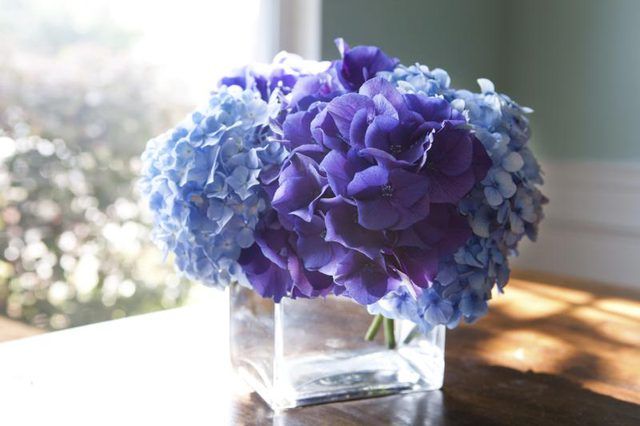Bulbs
Flower Basics
Flower Beds & Specialty Gardens
Flower Garden
Garden Furniture
Garden Gnomes
Garden Seeds
Garden Sheds
Garden Statues
Garden Tools & Supplies
Gardening Basics
Green & Organic
Groundcovers & Vines
Growing Annuals
Growing Basil
Growing Beans
Growing Berries
Growing Blueberries
Growing Cactus
Growing Corn
Growing Cotton
Growing Edibles
Growing Flowers
Growing Garlic
Growing Grapes
Growing Grass
Growing Herbs
Growing Jasmine
Growing Mint
Growing Mushrooms
Orchids
Growing Peanuts
Growing Perennials
Growing Plants
Growing Rosemary
Growing Roses
Growing Strawberries
Growing Sunflowers
Growing Thyme
Growing Tomatoes
Growing Tulips
Growing Vegetables
Herb Basics
Herb Garden
Indoor Growing
Landscaping Basics
Landscaping Patios
Landscaping Plants
Landscaping Shrubs
Landscaping Trees
Landscaping Walks & Pathways
Lawn Basics
Lawn Maintenance
Lawn Mowers
Lawn Ornaments
Lawn Planting
Lawn Tools
Outdoor Growing
Overall Landscape Planning
Pests, Weeds & Problems
Plant Basics
Rock Garden
Rose Garden
Shrubs
Soil
Specialty Gardens
Trees
Vegetable Garden
Yard Maintenance
Are Hydrangeas Perennials or Annuals?
Are Hydrangeas Perennials or Annuals?. With annual plants, the landscaping effect is short-term. Annuals live for just one year, going through their complete life cycle from seed, plant, flower and back to seed in one season. Perennials are in for the long haul. They may go dormant or die back in winter, but they're usually in your garden for...
With annual plants, the landscaping effect is short-term. Annuals live for just one year, going through their complete life cycle from seed, plant, flower and back to seed in one season. Perennials are in for the long haul. They may go dormant or die back in winter, but they're usually in your garden for years. Hydrangeas are perennials, falling within the dicot group of flowering plants, members of which have two seed leaves.

Of the 23 species of hydrangea (Hydrangea spp.), about five are grown in gardens. They're deciduous shrubs, vines or trees native to North America and Asia. Each species has numerous cultivars. Plants produce large, impressive, long-lasting flower clusters in spring and summer. Flowers consist of two types, showy, infertile flowers that have no reproductive parts and small, fertile flowers.
Some hydrangeas have only infertile flowers clumped in huge, snowball-like clusters at branch ends. An example is mophead bigleaf hydrangea (Hydrangea macrophylla), which is hardy in U.S. Department of Agriculture plant hardiness zones 6 through 9. Other cultivars of bigleaf hydrangea combine a central cluster of small, infertile flowers ringed by showy infertile flowers. They're called lacecap hydrangeas.
Most other species of hydrangea combine fertile and infertile florets, either intermixed in the cluster or in a lacecap arrangement. Some, such as "Annabelle" smooth hydrangea (Hydrangea arborescens "Annabelle"), hardy in USDA zones 3 through 9, also have clusters of infertile flowers. The wild type of smooth hydrangea has a wispy lacecap arrangement.
Many hydrangea species have white or cream-colored flowers. Others are more colorful, sporting tones of green, rose and pink, and flower color can change over the life of the bloom. Varieties of bigleaf hydrangea flowers come in red, white, pink, lavender, blue and purple, with flower colors determined in part by soil pH. Acidic soil encourages blue flowers and alkaline soil produces pinks.
Flower clusters have different symmetries depending on the species and cultivar. Mophead or snowball types form large, rounded, lollipop-like flower heads. Lacecaps have flattened or softly mounding flower clusters. Some hydrangeas produce conical flower heads, such as oakleaf hydrangea (Hydrangea quercifolia), hardy in USDA zones 5 through 9.
The majority of cultivated hydrangeas grow as shrubs, with mature height depending on the species. Bigleaf hydrangeas come in dwarf sizes as small as 2 feet tall or varieties reaching 10 feet tall. Oakleaf hydrangeas, native to the eastern United States, are usually 4 to 6 feet high and as wide. Smooth hydrangeas grow from 3 to 10 feet tall.
Only one cultivated hydrangea reaches the stature of a tree. Panicle hydrangea (Hydrangea paniculata), also called PeeGee or P.G. hydrangea, can get to 20 feet tall. You can either let it grow as a large shrub or train it to a tree form. It's hardy in USDA zones 3 through 8. Flower clusters can be either rounded or elongated and conical, with flowers usually white turning pinkish-purple with age.
Not many hydrangeas have a vining habit. One that does is climbing hydrangea (Hydrangea anomala petiolaris), hardy in USDA zones 5 through 9. Although it's slow-growing at first, vines can reach 50 to 80 feet tall, clinging to surfaces with aerial roots. White lacecap flowers appear in summer. Less seldom found, "Taiping Shan" evergreen climbing hydrangea (Hydrangea integrifolia "Taiping Shan") grows in USDA zones 7 through 10. Preferring shady conditions, the bronze new growth produces glossy green leaves. Vines grow 30 to 40 feet long and produce white lacecap flowers.
Although some hydrangea flowers have a light scent, "Golden Crane" hydrangea (Hydrangea angustipetala "MonLongShou") has a strong fragrance similar to that of jasmine. The white-and-green lacecap flowers bloom from early spring through summer. Bushes are 5 feet tall and wide in USDA zones 6 through 10. Plant breeders regularly introduce new hydrangea cultivars. Expect to pay more for unusual flower colors, growth forms, rarer species or large-sized plants.